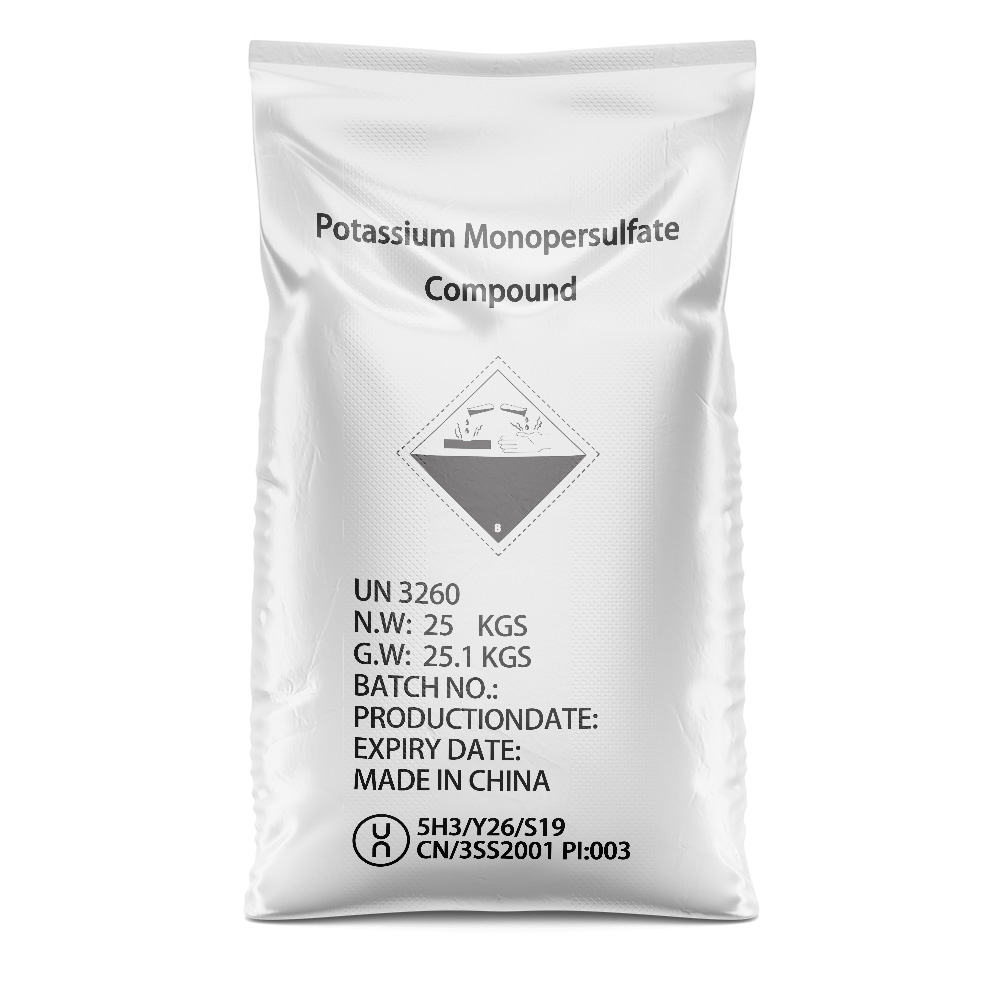



diammonium phosphate dap fertilizer
The Significance of Diammonium Phosphate (DAP) Fertilizer in Agriculture
Diammonium phosphate (DAP) fertilizer is one of the most widely used phosphorus fertilizers in agriculture worldwide. This compound, which contains both nitrogen and phosphorus, plays an essential role in promoting healthy plant growth and maximizing crop yields. Understanding the composition, benefits, and application of DAP can help farmers make informed decisions to enhance agricultural productivity.
Composition and Properties
DAP is a crystalline solid that is highly soluble in water, making it an efficient source of nutrients for plants. It contains approximately 18% nitrogen (in the form of ammonium) and 46% phosphorus (as phosphate), which translates to a total nutrient content of 18-46-0 when expressed in the standard N-P-K (Nitrogen-Phosphorus-Potassium) ratio used in fertilizers. This high phosphorus content makes DAP especially valuable in regions where soil phosphorus levels are low, or where crops demand high phosphorus levels during their growth stages.
Role in Plant Nutrition
Phosphorus is vital for several plant processes, including energy transfer, photosynthesis, and the synthesis of nucleic acids and proteins. It helps in root development, flowering, and fruiting, which are critical for crop production. Nitrogen, on the other hand, is crucial for growth and the formation of chlorophyll, the green pigment that enables plants to photosynthesize. The combination of these two essential nutrients in DAP makes it an ideal fertilizer for many crops, including grains, fruits, vegetables, and legumes.
Benefits of Using DAP
One of the primary benefits of using DAP fertilizer is its ability to improve soil fertility. By providing essential nutrients, DAP fosters a conducive environment for plant growth, helping to ensure optimal yields. Moreover, its water-soluble nature allows for quick absorption by plants, resulting in faster growth rates. Farmers often prefer DAP because it can be applied at various growth stages, providing flexibility in nutrient management.
diammonium phosphate dap fertilizer

Additionally, DAP can be beneficial for soil health. Its application can help improve soil structure and encourage beneficial microbial activity, which contributes to nutrient cycling and enhances soil fertility over time. This multifaceted role of DAP suggests that it is not just a short-term solution but can also support sustainable agricultural practices.
Application and Best Practices
For optimal results, proper application techniques are essential. Farmers typically apply DAP as a banded fertilizer placed near the seed. This placement allows young plants to access the nutrients without competing with other soil components. The recommended application rate varies depending on soil test results, crop requirements, and specific environmental conditions.
It is crucial for farmers to conduct soil tests before applying DAP to ensure that they meet the specific nutrient needs of their crops while avoiding over-fertilization. Excessive use of DAP can lead to nutrient runoff, contributing to environmental issues such as water eutrophication—where an excess of nutrients in water bodies leads to harmful algal blooms.
Furthermore, integrating DAP with other nutrient management strategies, such as crop rotation and cover cropping, can enhance its effectiveness. These practices help maintain soil health and reduce the dependency on chemical fertilizers.
Conclusion
In summary, diammonium phosphate (DAP) fertilizer is a critical component of modern agriculture, offering a rich source of essential nutrients that promote healthy plant development and high crop yields. With its advantageous solubility and dual nutrient profile, DAP stands out as an effective solution for addressing the nutritional needs of various crops. However, responsible application and integration into broader soil management practices are crucial for maximizing benefits and minimizing environmental impacts. Through careful management, DAP can contribute to sustainable agricultural productivity and food security around the world.
-
Why Sodium Persulfate Is Everywhere NowNewsJul.07,2025
-
Why Polyacrylamide Is in High DemandNewsJul.07,2025
-
Understanding Paint Chemicals and Their ApplicationsNewsJul.07,2025
-
Smart Use Of Mining ChemicalsNewsJul.07,2025
-
Practical Uses of Potassium MonopersulfateNewsJul.07,2025
-
Agrochemicals In Real FarmingNewsJul.07,2025
-
Sodium Chlorite Hot UsesNewsJul.01,2025










